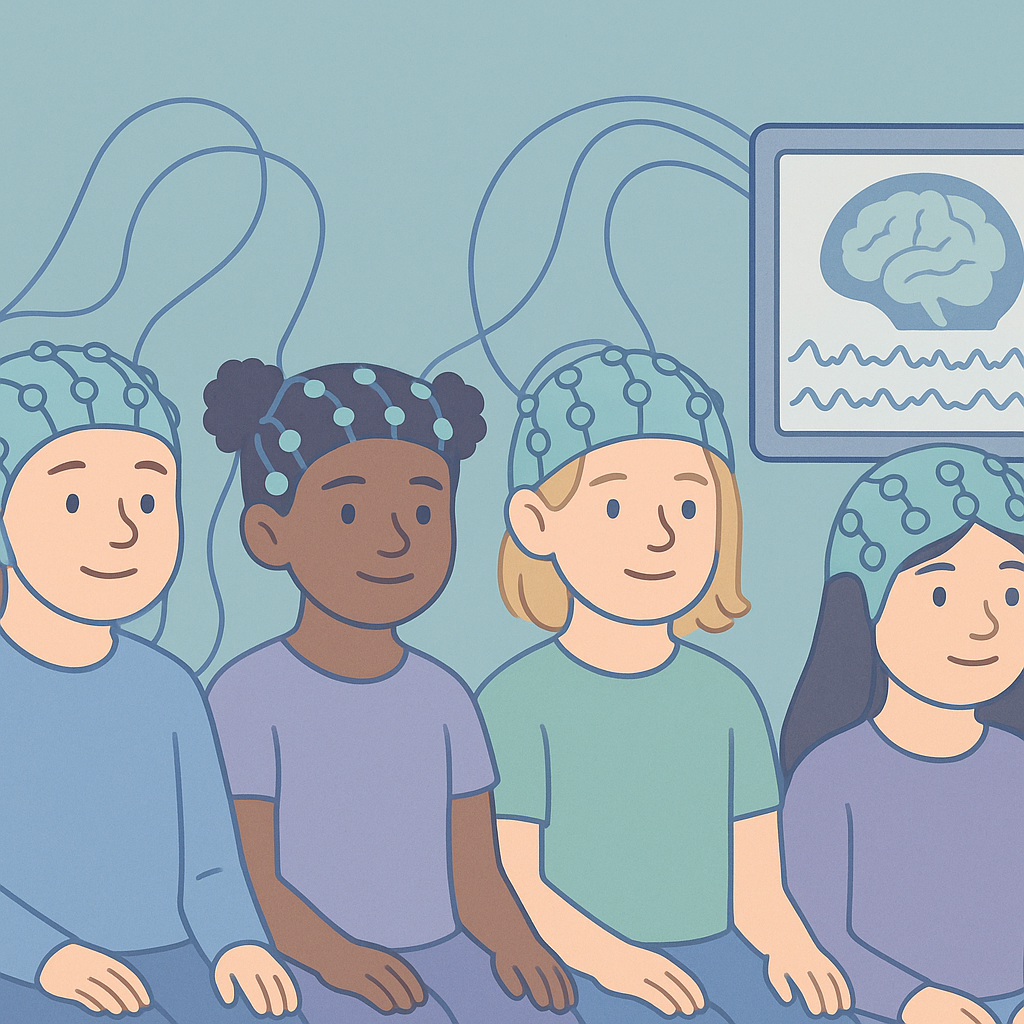New EEG Biomarkers Help Identify Genetic Epilepsies in Children
Source: Neurology
Summary
This study looked at how EEG (electroencephalography) readings can help identify different types of genetic epilepsy in children and how these readings relate to their neurological outcomes. Researchers focused on three specific genetic conditions: STXBP1, SCN1A, and SYNGAP1. They analyzed EEG data from children at the Children's Hospital of Philadelphia, comparing the readings from these children to those from neurotypical (typically developing) children.
The key findings showed that children with STXBP1-related epilepsy had a lower alpha-delta ratio in their EEG readings compared to neurotypical children, indicating a distinct pattern in their brain activity. The researchers developed models that could accurately predict which genetic epilepsy a child had based on their EEG features. However, these models were not effective in predicting how often a child would have seizures, although they did better at predicting motor function outcomes.
These findings are important because they suggest that EEG readings can provide valuable information about different types of genetic epilepsy and their effects on children’s development. Understanding these EEG patterns could help doctors track disease progression and tailor treatments. However, the study has limitations, such as being retrospective and focusing on a specific group of children, which means more research is needed to confirm these findings in larger and more diverse populations.
Free: Seizure First Aid Quick Guide (PDF)
Plus one plain-language weekly digest of new epilepsy research.
Unsubscribe anytime. No medical advice.





